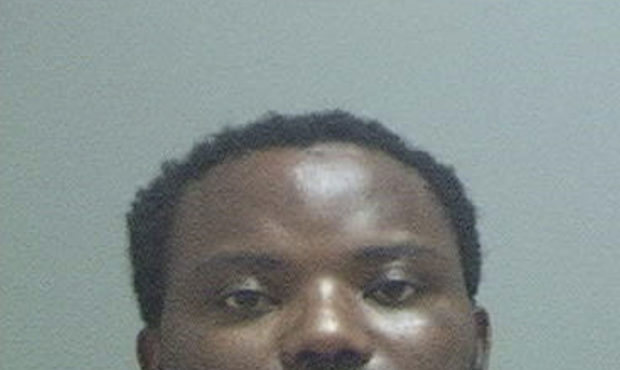Videos, pictures and social media postings all part of evidence in Lueck killing
Jul 30, 2019, 7:04 PM | Updated: Dec 30, 2022, 11:27 am

(Ayoola Ajayi, Salt Lake County Jail)
(Ayoola Ajayi, Salt Lake County Jail)
SALT LAKE CITY – The public is getting a rare look at what kind of evidence prosecutors have against the man accused of killing Mackenzie Lueck. The District Attorney’s Office responded to his defense team’s request for that evidence, and that response was posted on the Utah Courts database.
The list shows there were more than two dozen search warrants and over three thousand images collected by investigators, along with videos taken from more than one camera and recorded interviews with several people.
The “response to request for discovery” shows prosecutors are looking at social media accounts owned by both suspect Ayoola Ajayi and Lueck on platforms like Tinder, SnapChat, Text Me and Seeking Arrangements. Plus, some of the warrants seized information about bank accounts.
Also, officers took a memory card from Lueck’s camera and videos allegedly shot by Ajayi on his “polecam,” which is a smaller and more portable version of a crane camera. It would not, however, disclose what was on those videos.
Former prosecutor Kent Morgan, who is not working on this case, says there’s a reason why the list seems to be both specific and vague at the same time.
“You don’t want to make a statement that’s going to contradict anything in the actual documents that you’re going to send,” he says.
However, Morgan says it’s extremely rare a list of this kind was posted, since prosecutors don’t want to prejudice the community about the case in either direction.
“It’s a standard response whenever you make a disclosure of discovery request, the prosecution always says, ‘Don’t tell anybody else,’” Morgan says.
The response to a request for discovery only listed the items that were delivered, by hand, to the defense team, so Morgan believes there is likely a lot more that wasn’t listed. Still, just because something was posted in this document, it doesn’t mean it will be used in court.
Morgan says, “It may suggest evidence that condemns the defendant that you may later find out is not true. Or, you may find evidence that exculpates the defendant.”













